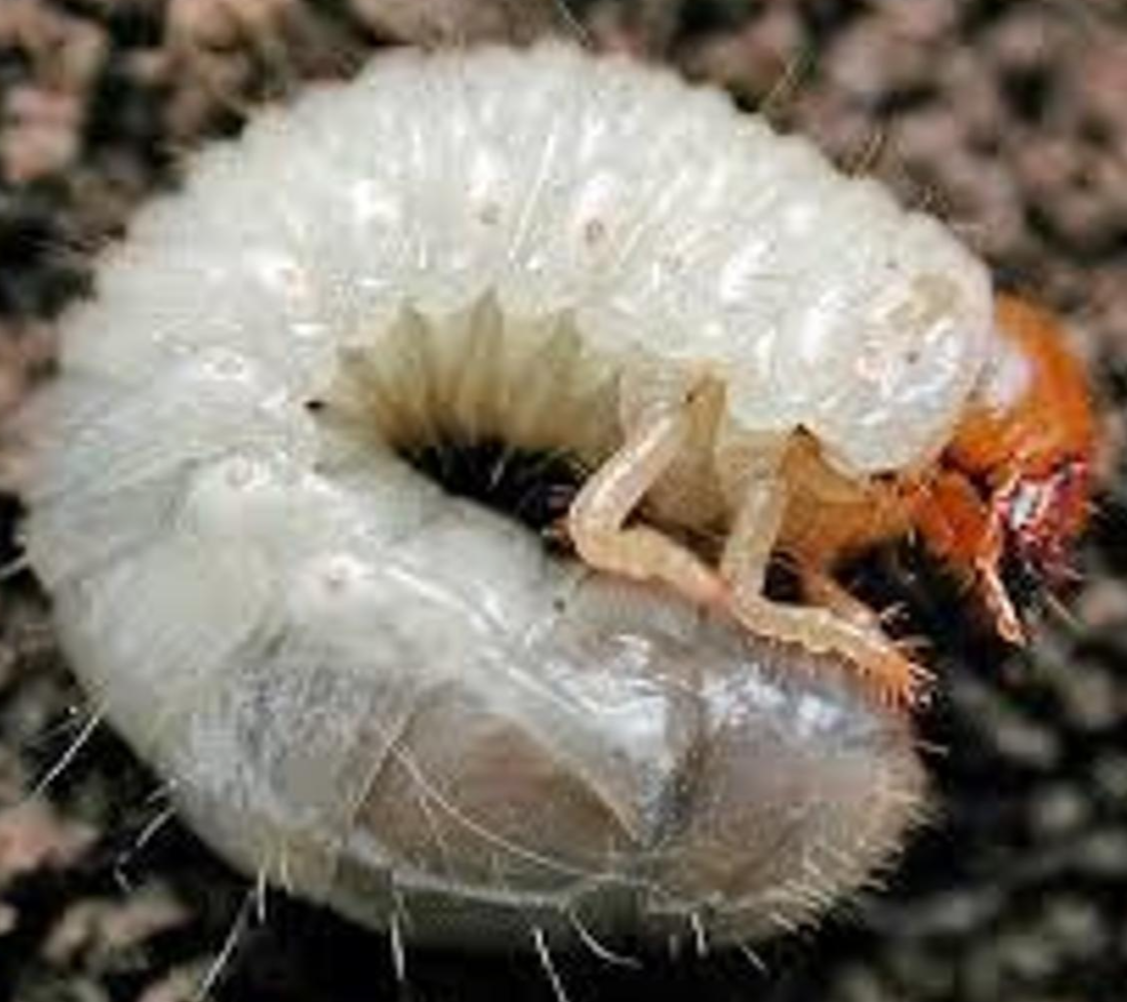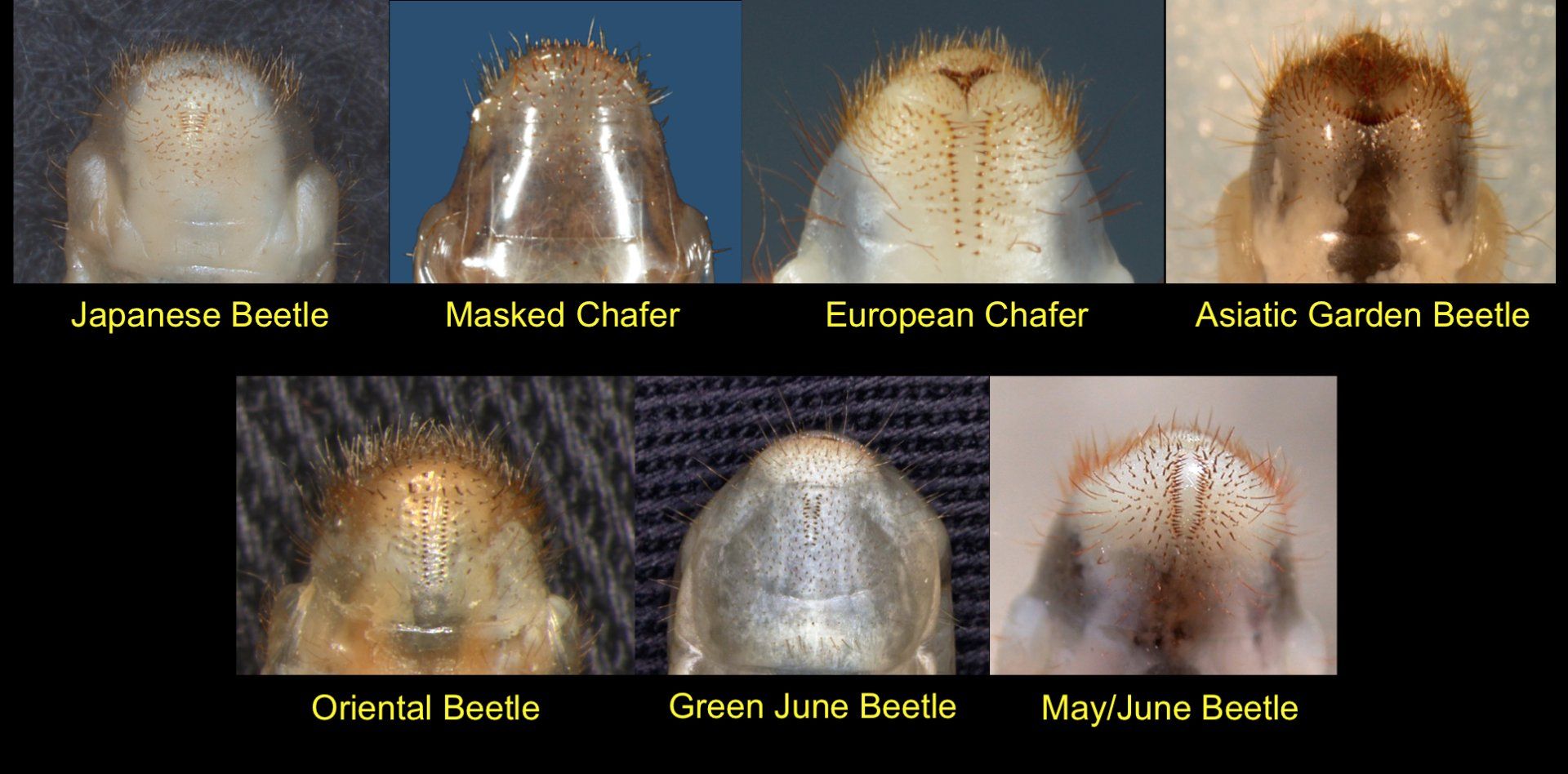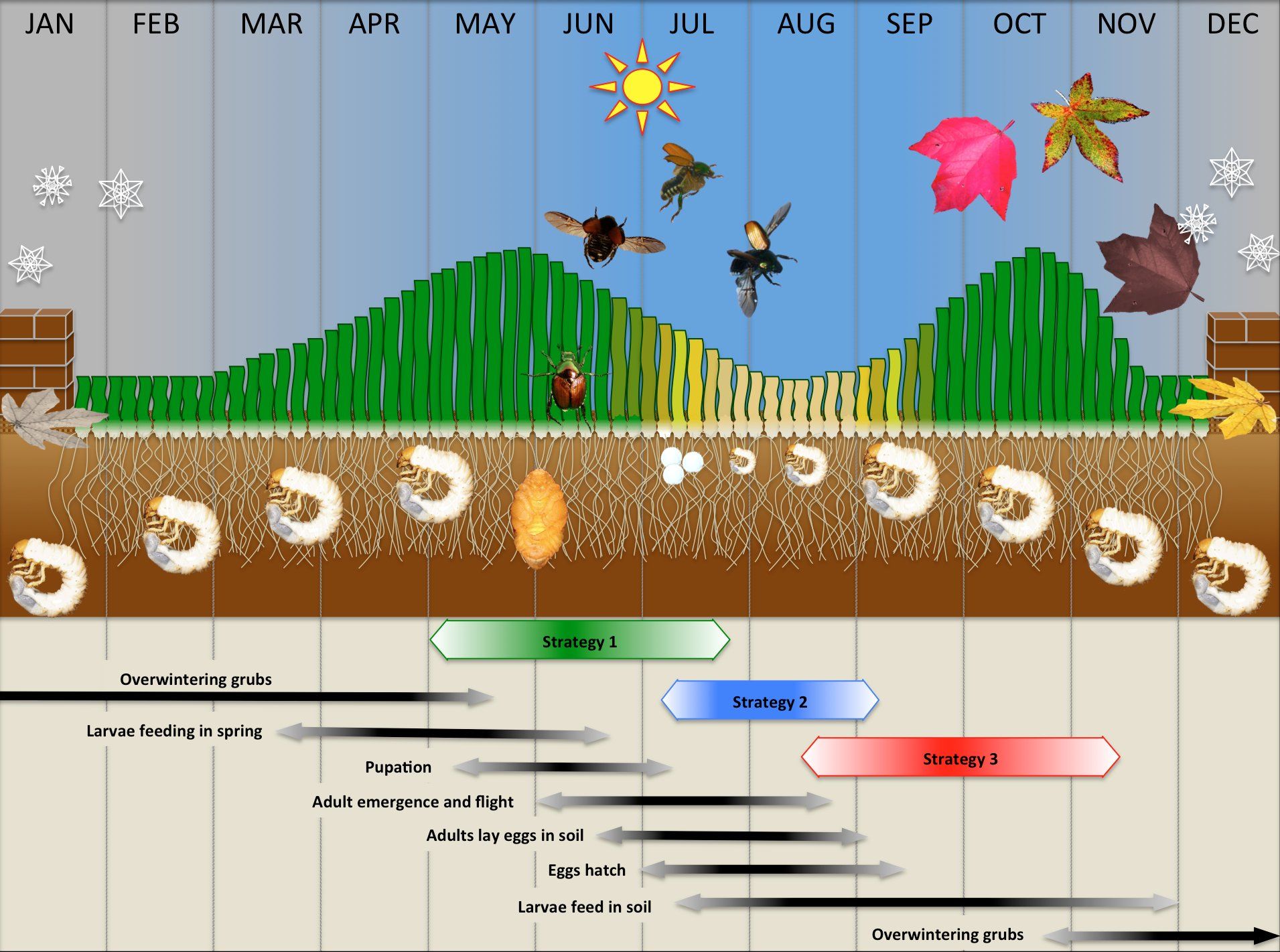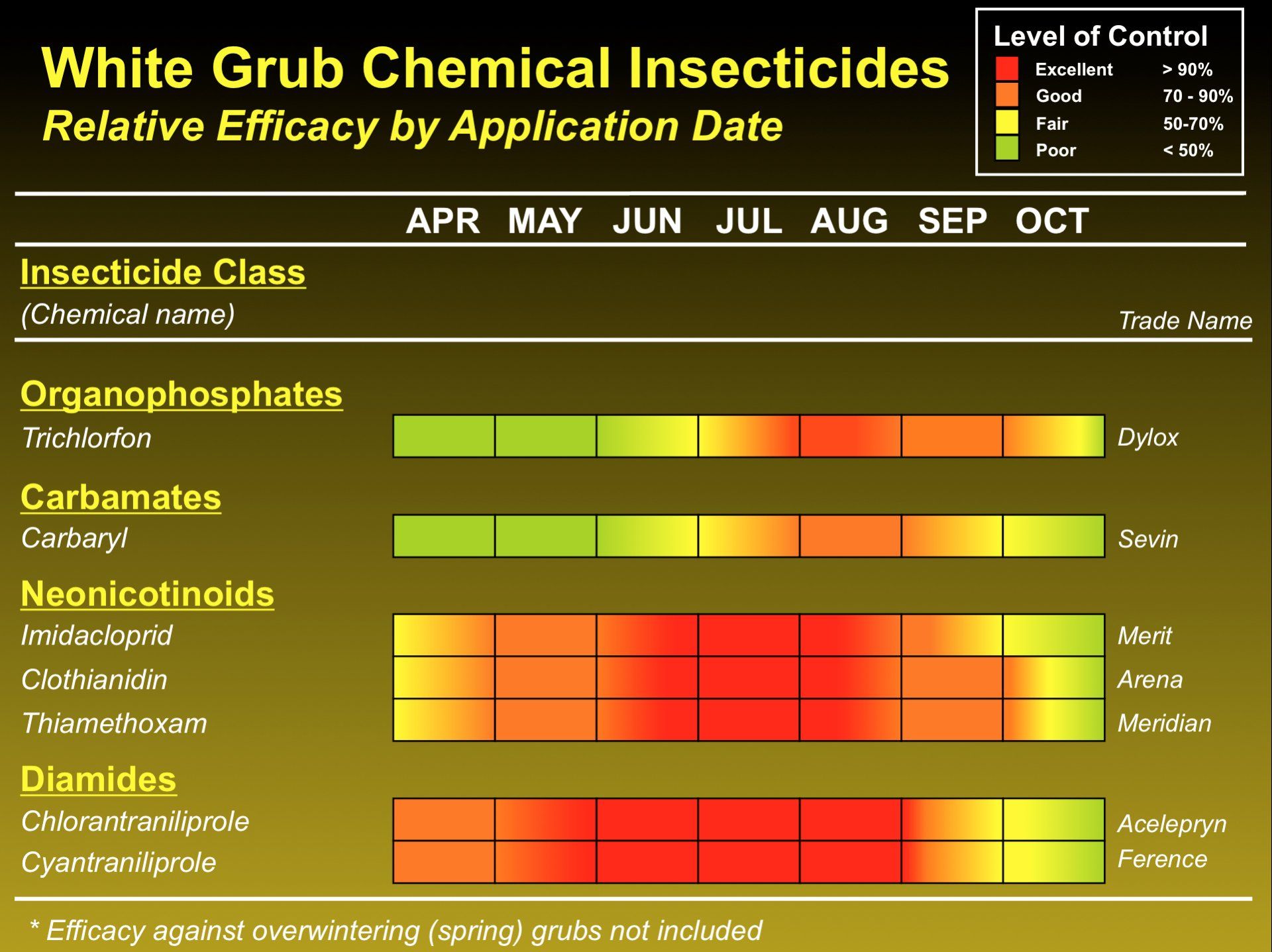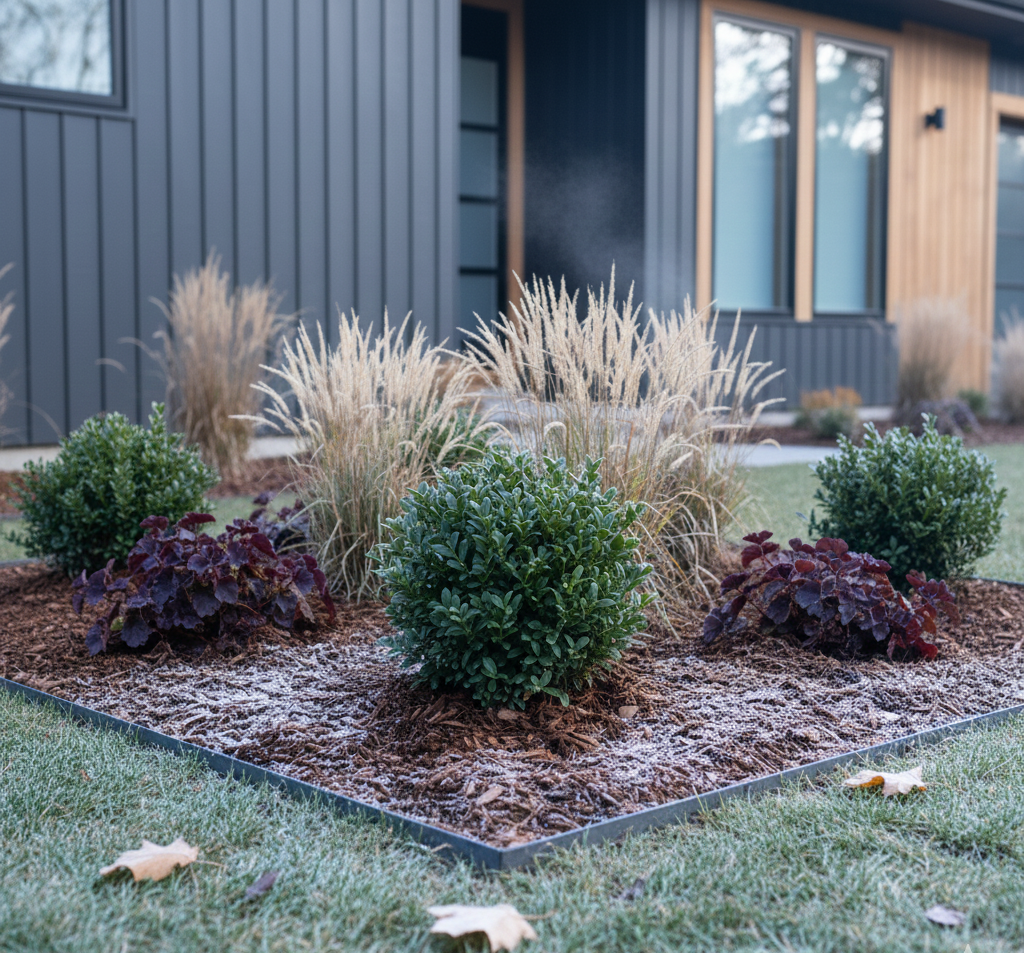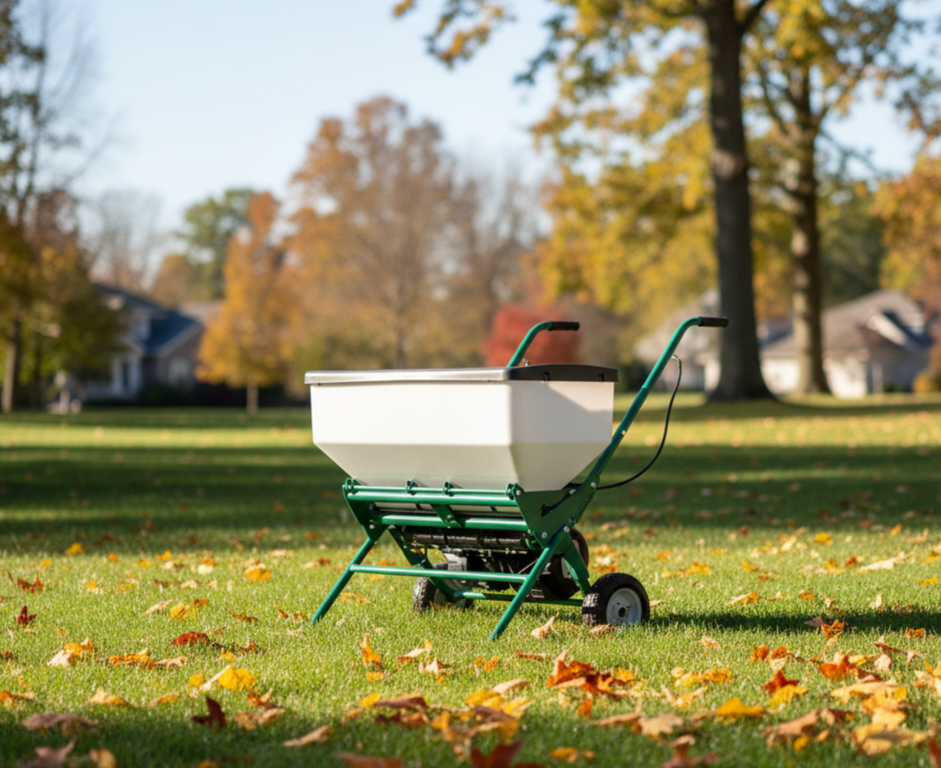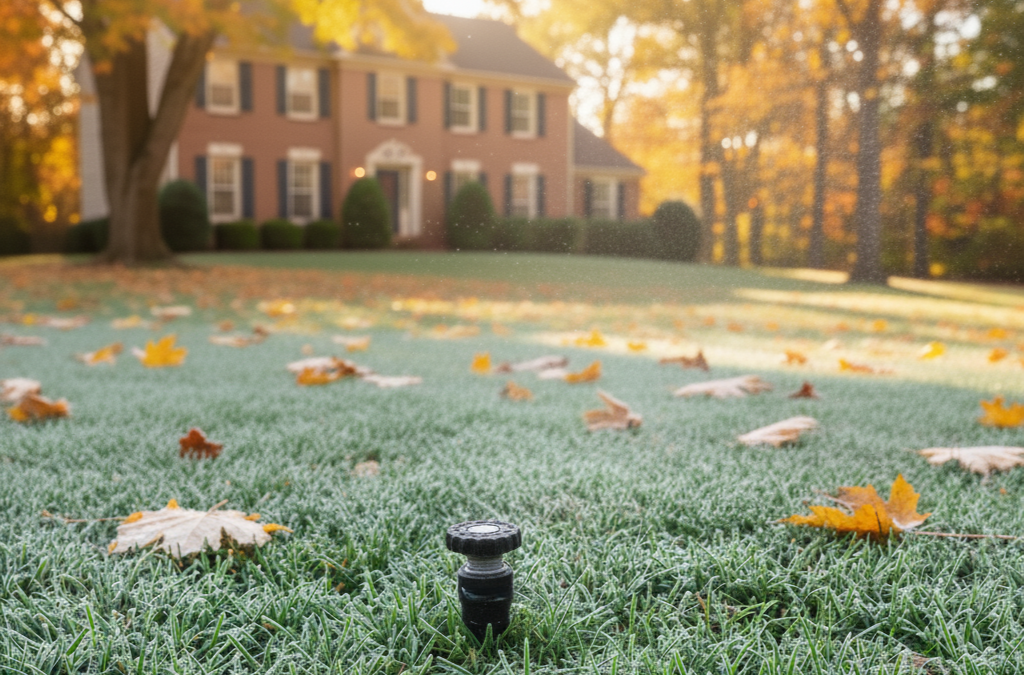According to the shape of the raster pattern, they can still be recognized. The raster pattern is comprised of a chain of short hairs and spines on the underside of the tip of the stomach.
Want to Get Rid of White Grubs?
White grubs are the larvae of scarab beetles with a family of 30,000 species across the globe. In the family of grubs, white grubs signify a complex of beetle larvae. These are widespread pests of agricultural and horticultural system. It may be hard for you on how to get rid of white grubs in soil, hiring a pest control can help you with that. But the most common pests of turf grass are larvae and grubs.
Several species that grubs killing grass includes:
- The Japanese beetle, masked chafers (2 species),
- European chafer
- Asiatic garden beetle,
- Oriental beetle,
- Green June beetle
- May/June beetles (several species)
- Black turf grass ataenius
White grubs in garden and lawn are the most dangerous and toxic garden pests in turfgrass which damages turf by chewing roots of the grass below the soil surface. The ability to soak water and nutrients gradually faces adverse effects due to the destruction of a root by grabs. Moreover, it becomes quite challenging to endure prickly heat and dry weather. It is very common to find two or more species of grub at one location. When to apply pre emergent in north Carolina Herbicide treatments should be done twice a year, once in the early spring before seed germination and once in the late summer or early fall before seed germination.
IDENTIFICATION OF WHITE GRUBS.
- They are white and are C-shaped insects with a chestnut colored head.
- 3 pairs of legs.
- As compare to the rest of the body the back of the body is slightly larger in diameter and darker in color because of the consumption of soil and organic matter.
- Depending on the species type and age, size may vary accordingly; older larvae range from 1/4 to 1-1/2 inches in length.
LIFE CYCLE OF WHITE GRUBS
Japanese beetle, European chafer, Asiatic garden beetle, and Oriental beetle are annual white grub worm species which is often known as non-native species, however, masked chafers, green grubs like June beetle are native to North America.
Figure 3 clearly states:
- Overwinter in the larval stage.
- Pupating in the soil for the period of late spring or early summer.
- During early- to mid-summer, an adult beetles emerges and fly and starts laying eggs in the soil.
- Egg hatch at the end of July and small larvae start feeding in the root zone.
- The emergence of large larvae in the month of September.
- Larvae feed in the soil from August till December.
MANAGEMENT OF WHITE GRUB
Cultural Tools
A Maintaining a balance between the functional and aesthetic necessities of the turf is a quite challenging task for turfgrass managers. Effective cultural tools include:
1) Right choice of turfgrass species and cultivars that can adapt easily with a particular site and use.
2) Suitable amount of mowing, fertilization, irrigation, thatch management, and cultivation to promote healthy, dynamic turf.
Thus, it is vital to take good care of turf because only a healthy turf is capable of enduring or promptly recover from several insect-feeding and acts as the foundation of “integrated pest management” (IPM).
Biological Controls
Deterring Foraging Animals
As previously mentioned, animals foraging for white grubs in soil can be a serious concern for turf managers because of the damage caused as they dig for the grubs. Animals such as raccoons, skunks, armadillos and turkeys routinely forage for and consume white grubs that infest turfgrass even when grub damage themselves is not apparent. Although trapping and hunting these foraging animals may provide a long-term solution for turf managers, such activities can be time consuming and are not always compatible with the goals of property managers.
One recent study suggests the use of Milorganite organic fertilizer can deter foraging animals, substantially reducing secondary damage to turf. The application of Milorganite to areas damaged by foraging animals at a rate of 0.02 lbs/ft2 can reduce further damage by 75% or more over the short-term. Lower application rates (0.007 lbs/ft2) can reduce further damage by more than 50%. The long-term residual effectiveness of Milorganite remains unclear, but reactive use appears to be effective at reducing further damage over the short-term. (entm.purdue.edu)
Optimum use of Grub Treatments
Grub problems is sometimes hard to resolve but as mentioned above, the application of grub treatments fetches the best results when applied according to above mentioned three strategies. To be precise, the following mentioned steps can fetch maximum efficiency from various grub treatments available:
- Apply it in the month of August and September for the curative approach or in mid-May to July for the preventive approach.
- For better penetration of granules and reduction of insecticides constrained to surface debris, mowing and thatch treatment would be an ideal choice.
- Immediate watering of lawn (use sprinklers) after the treatment allows insecticides to reach through the roots to avoid dead patches that may occur in your lawn because of the white grubs pest.
Appropriate way of using pesticides
1. Read the instructions and follow them accordingly.
2. Use an adequate amount of insecticides only, measure the application area before purchasing.
3. Avoid disposing of surplus pesticides in the toilet, drain, or sink, because this can cause serious issues at the sewage treatment plant and to the environment.
4. Dispose of surplus pesticides in the turf only or where it is mentioned on the label.
5. Thoroughly wash the pot where pesticides were poured for application to avoid implications.
6. Don’t apply insecticides during a windy day.
7. Keep it out of the reach of people and pets.
Organic way of controlling white grubs
Apart from chemical application organic options on how to get rid of white grubs in soil there are also available option to control the white grubs in your lawn. One best option is insect-killing is beneficial nematodes (it is small worms that kill insects but don’t harm other organisms). It is considered an effective way to control white grubs in lawns but it is very difficult and costlier to use.
Before application of nematodes, the ground should be watered first and immediately after nematodes spray also, water should be at a one-half inch from ground level.
It is advisable to purchase nematodes from online suppliers because buying from the store would make it difficult to figure out if nematodes were shipped or stored properly or are fresh and workable.
Watering prior and subsequent to treatment
Depending upon the specifications, pre and post irrigation is important for both chemical and biological treatments because it encourages white grubs to reach nearer to the surface and make soil for better insecticides penetration. Always apply ¼ to ½ inch of irrigation on dry soil one day before application.
Insecticides need water to move along the thatch layer and down into the roots where grubs feed. Before the product dried out, apply ½ to 1 inch of irrigation immediately after application of a nematode treatment or a liquid insecticide treatment. However, granular insecticides do not need immediate watering, but water is still essential to start their process to control white grubs in garden soil.
Thus, the application of any of the above-mentioned treatments to prevent grub infestation in your lawn needs time engagement and thorough knowledge. We would be a great choice to make your lawn free from white garden grubs attack. We assure quality work by applying the best quality products or treatments for your lush gardens so that you can continue on vegetable gardening. Our weed treatment near me control strategy includes not only proper and effective weed control, but also a focus on lawn fertilization for strong grass. After all is said and done, you'll have a lovely yard to enjoy all year. Reach to Green Garden Landscaping to take immediate action, contact us at (919) 478-1852.


